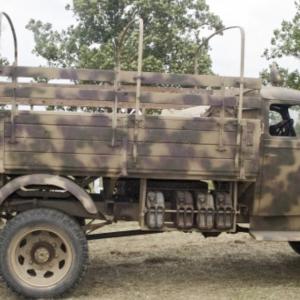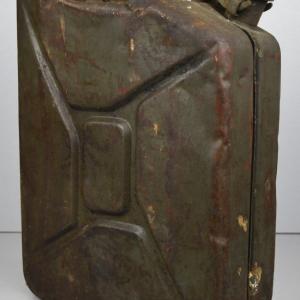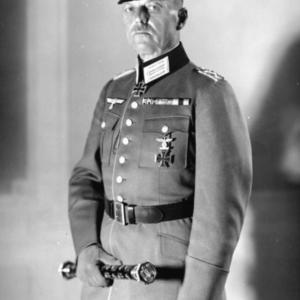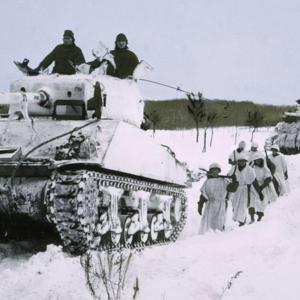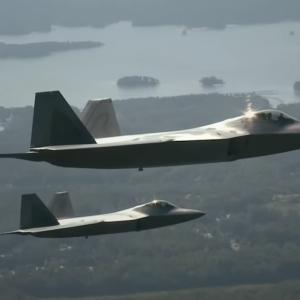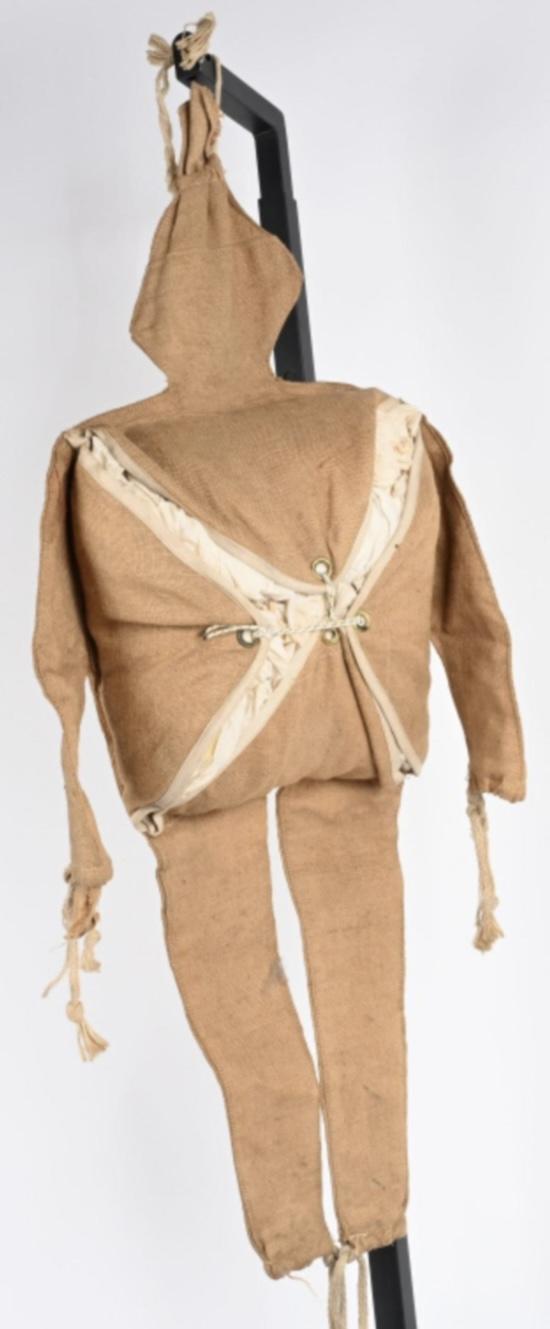
Ruperts
During World War II, the Allies developed a clever deception tactic to confuse and mislead the enemy: dummy parachutists known as “Ruperts.” These small, human-shaped figures were designed to simulate paratroopers dropping from the sky, tricking German forces into thinking an airborne assault was underway in areas where no real troops were landing. The goal was to draw enemy attention and resources away from the actual drop zones during key operations.
The idea behind paradummies wasn’t entirely new. The Germans had used similar decoys early in the war during their invasions of the Low Countries in 1940. However, the Allies refined and expanded the concept, particularly as part of larger deception strategies. The most famous use of Ruperts came during the D-Day landings in Normandy in June 1944, as part of a deception operation called Operation Titanic.
Ruperts were roughly three feet tall and made from hessian or burlap, filled with straw, sand, or sawdust. They were equipped with small parachutes and sometimes included simple devices to add realism, such as noisemakers that mimicked gunfire or timed charges that would destroy the dummy after landing. Some even had small incendiary devices to burn the parachute and dummy, making it harder for the enemy to realize they had been duped.
Production numbers varied, but in preparation for D-Day, several hundred were made and deployed. In Operation Titanic alone, around 400 to 500 paradummies were dropped across four separate zones in Normandy, each intended to mislead the Germans into believing paratrooper forces were landing in those areas. These decoys were often accompanied by special sound recordings and even small teams of commandos or SAS operatives to further enhance the illusion of a larger assault force.
The operation was a success in its objectives. German commanders reported parachute landings and dispatched troops to confront what they believed were invading forces, buying valuable time and diverting enemy units away from the real landing zones where Allied paratroopers and troops were landing. Although some German troops eventually realized the deception, the confusion in the critical early hours of the invasion helped reduce resistance in key sectors.
The Ruperts weren’t only used in Normandy. Other versions were deployed in different theatres, including southern France and North Africa, though not always with the same level of coordination or success. American versions, nicknamed “Oscars,” were sometimes made of rubber or inflatable materials, though these proved less practical than the simple British hessian design.
Most of the paradummies were either destroyed upon landing or rotted away over time. They were never intended to be preserved. Because of this, original Ruperts are now extremely rare. Fewer than thirty are believed to survive today, mostly in museums or private collections. Some were discovered in storage decades after the war, providing historians and collectors with rare examples of one of the war’s more unusual tactics.

